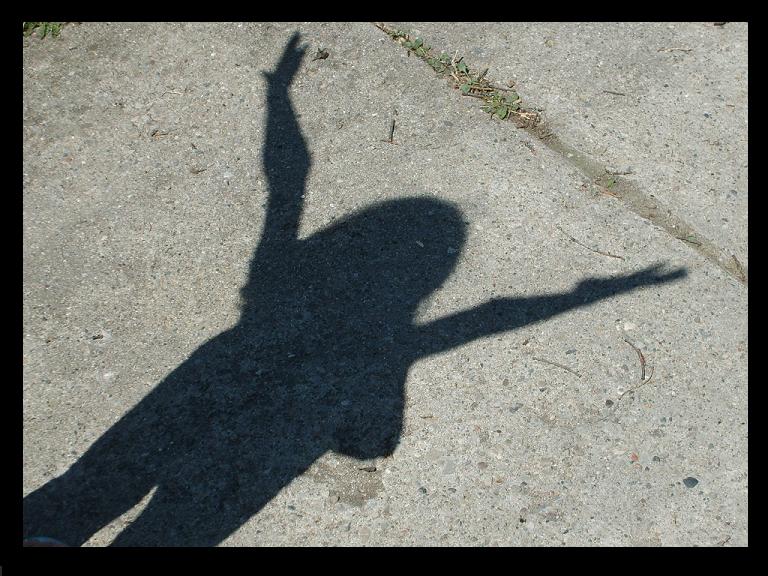Student researchers in Northeastern University have created a post-stroke rehabilitation glove designed to increase hand strength through the use of finger extension to improve cognitive ability and complete everyday tasks such as turning a doorknob, picking up a glass or unscrewing a light bulb.
The innovative device was supported by a three-year, $270,000 grant from the National Science Foundation.
The device was developed using 3-D additive manufacturing with embedded sensors and can be customized to fit a patient’s hand.
To improve cognitive function, users match colored LEDs (light-emitting diodes) on the device’s fingertips with those on external objects fashioned into household shapes, such as cups or doorknobs.
Pacella, a senior mechanical engineering major, praised his group’s final design. “No other device assists with opening the hand and has cognitive exercises like this,” he said. “Most commercial hand motion rehab devices don’t use sensors to measure range of motion and control of the fingers.”
The device still needs work to be done, though, according to its designers. It needs to become more user friendly, thinner and stronger.
While the work is impressive this technology already exists in other commercial devices such as the HANDTUTOR. With the HANDTUTOR the patient opens and closes his hand to activate sensors connected to dedicated software. The software includes challenging games that afford the patient the opportunity to be involved in extensive exercises that will bring him back to normal usage of his affected limb or joint. The HANDTUTOR together with its sister devices (ARMTUTOR, LEGTUTOR, 3DTUTOR) is one of the most cost effective rehabilitation tools around and is already being used in leading U.S. and European hospitals and clinics. It is also available for home use through the use of telerehabilitation and is designed for children from the age of 4 as well as adults
See WWW.HANDTUTOR.COM for more information.




